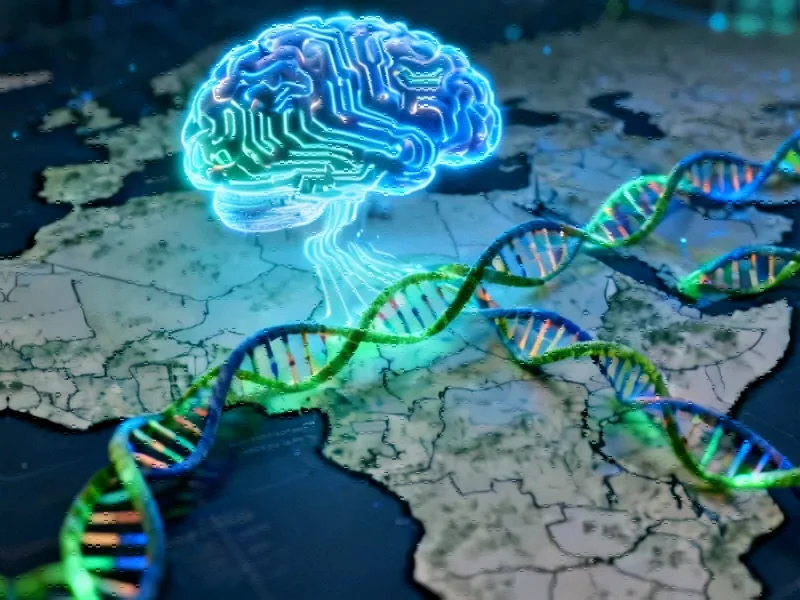OpenAI Responds to Actor Concerns with Enhanced Safeguards
In a significant development for AI ethics and performer rights, OpenAI has strengthened its protection policies following unauthorized deepfake videos featuring actor Bryan Cranston. The company issued a joint statement with Cranston, SAG-AFTRA, and major talent agencies expressing regret for “unintentional generations” and committing to improved guardrails around its opt-in policy for likeness and voice.
The incident came to light when videos of Cranston, including one showing him taking a selfie with Michael Jackson, appeared on OpenAI’s Sora 2 platform without his consent. This prompted immediate concern from the entertainment industry about the potential for mass misappropriation of performer identities through replication technology.
Industry Unity in Addressing AI Challenges
The collaboration between OpenAI and entertainment industry representatives marks a pivotal moment in the ongoing discussion about AI ethics. United Talent Agency, the Association of Talent Agents, and Creative Artists Agency—all of which had previously criticized the company’s artist protections—cosigned the joint statement, indicating a collective approach to resolving these complex issues.
SAG-AFTRA president Sean Astin emphasized that while Cranston’s case reached a positive resolution, broader legislative protection is necessary. He pointed to the proposed NO FAKES Act as essential protection against what he called “massive misappropriation by replication technology,” highlighting how OpenAI strengthens AI safeguards represents just one step in addressing these concerns.
OpenAI’s Policy Evolution and Commitments
OpenAI initially launched Sora 2 with an opt-out policy for copyright holders but reversed course following public criticism and controversial generated content. The company now promises “more granular control” for rightsholders over character generation, moving toward an opt-in model with additional controls.
The company reaffirmed its commitment to individual autonomy in AI simulation, stating: “All artists, performers, and individuals will have the right to determine how and whether they can be simulated.” OpenAI also committed to reviewing policy breach complaints “expeditiously,” acknowledging the need for responsive mechanisms as recent technology continues to evolve at a rapid pace.
Broader Implications for Creative Industries
This incident highlights the growing tension between AI innovation and creative rights that extends beyond Hollywood. As generative AI becomes more sophisticated, industries worldwide are grappling with similar challenges regarding intellectual property and digital representation.
The resolution of Cranston’s case sets an important precedent for how technology companies might address concerns about unauthorized digital replication. It also demonstrates the power of collective action, with talent agencies and unions working together to ensure that industry developments in AI include appropriate protections for creators.
Looking Forward: Legislation and Technological Solutions
While Cranston expressed gratitude for OpenAI’s responsive approach, the conversation has expanded to include calls for comprehensive federal legislation. The proposed NO FAKES Act would establish a legal framework for protecting individuals from unauthorized digital replicas, creating consequences for those who misuse replication technology.
As these discussions continue, other sectors are watching closely to understand how similar issues might affect their fields. The intersection of AI and creative rights represents just one aspect of how related innovations are transforming multiple industries simultaneously, requiring new approaches to regulation and ethical guidelines.
The resolution between OpenAI and the entertainment industry suggests a path forward where technological advancement and creative rights can coexist, but it also underscores the need for ongoing dialogue and adaptable policies as AI capabilities continue to expand into new areas of application.
This article aggregates information from publicly available sources. All trademarks and copyrights belong to their respective owners.
Note: Featured image is for illustrative purposes only and does not represent any specific product, service, or entity mentioned in this article.



